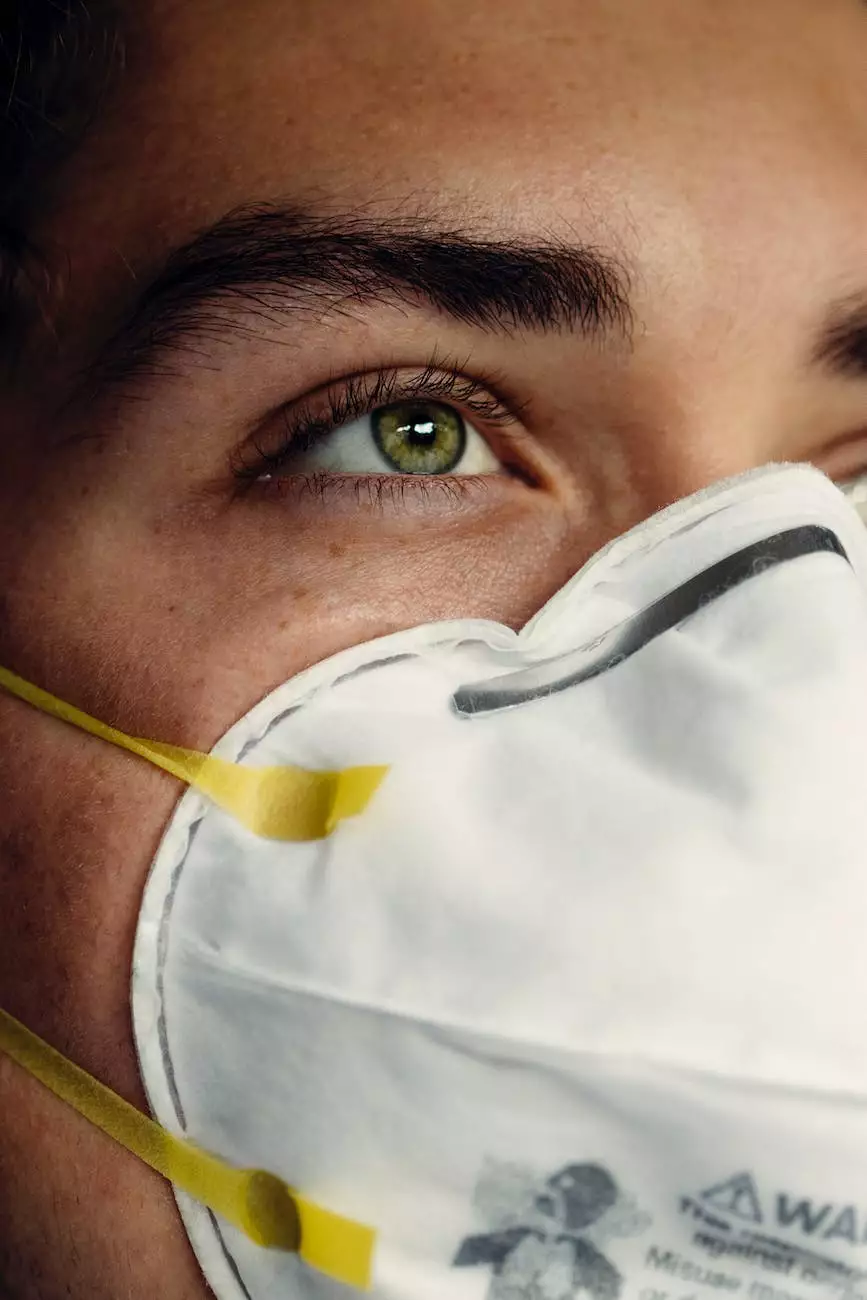Children's Eye Health and Safety Awareness Month
Healthy Snacks
Welcome to Pain Cream Advisors, your trusted source of information when it comes to maintaining your child's eye health. As a parent, nothing is more important than protecting your child's vision for a bright future.
The Importance of Children's Eye Health
Good vision plays a crucial role in a child's overall development and learning. During their early years, children rely heavily on their vision to explore and comprehend the world around them. Undetected vision problems can significantly impact a child's ability to thrive academically and socially.
Children's Eye Health and Safety Awareness Month serves as a reminder for parents to prioritize regular eye exams and implement measures to safeguard their child's eyesight. By being proactive in promoting eye health, you contribute to your child's overall well-being and future success.
Common Eye Conditions in Children
Understanding common eye conditions that can affect children is crucial for early detection and intervention. Here are some conditions to be aware of:
1. Amblyopia (Lazy Eye)
Amblyopia occurs when the brain and eyes don't work together properly, leading to reduced vision in one eye. This condition is common in children and can result from strabismus (misaligned eyes) or a significant difference in vision between the two eyes. Early diagnosis and treatment are essential to prevent permanent vision loss.
2. Strabismus (Crossed or Misaligned Eyes)
Strabismus is a condition characterized by an imbalance in the positioning of the eyes. It can cause the eyes to turn inward, outward, upward, or downward. Strabismus not only affects a child's appearance but can also lead to vision problems such as amblyopia. Treatment may involve corrective lenses, eye patches, or surgery.
3. Refractive Errors
Refractive errors, such as nearsightedness (myopia), farsightedness (hyperopia), and astigmatism, are common eye conditions in children. These errors occur when the shape of the eye prevents light from focusing directly on the retina, leading to blurred vision. Regular eye exams can detect refractive errors, and corrective measures, such as glasses or contact lenses, can help improve vision.
4. Conjunctivitis (Pink Eye)
Conjunctivitis is an inflammation of the conjunctiva, a thin layer covering the white part of the eye and inner eyelids. It can be caused by a viral or bacterial infection, allergies, or irritants. Pink eye is highly contagious, and proper hygiene practices must be followed to prevent its spread. Symptoms include redness, itchiness, watering of the eyes, and discharge.
5. Computer Vision Syndrome
In today's digital age, children are increasingly exposed to screens, which can lead to computer vision syndrome (CVS). Prolonged screen time can strain the eyes, causing symptoms such as eye fatigue, dryness, headaches, and blurred vision. Encouraging regular breaks, proper lighting, and maintaining a comfortable viewing distance can help alleviate these symptoms.
Tips for Protecting Your Child's Vision
Prevention is key when it comes to safeguarding your child's eye health. Follow these tips to promote optimal vision:
1. Schedule Regular Eye Exams
Annual eye exams are crucial for identifying any potential vision problems in your child. A comprehensive eye exam can evaluate your child's visual acuity, eye teaming, focusing abilities, and detect any refractive errors or eye conditions. Early detection allows for prompt intervention and appropriate treatment.
2. Encourage Outdoor Play
Outdoor activities help in the development of stronger distance vision and reduce the risk of nearsightedness in children. Spending time outdoors exposes the eyes to natural light, which is essential for healthy eye development. Encourage your child to engage in outdoor play regularly.
3. Limit Screen Time
Excessive screen time can strain the eyes, especially in younger children whose visual system is still developing. Set reasonable limits on the amount of time your child spends in front of screens and ensure they take regular breaks. Encourage alternative activities that promote eye rest, such as reading or engaging in physical play.
4. Provide a Balanced Diet
Nutrition plays a vital role in preserving eye health. Include foods rich in nutrients such as omega-3 fatty acids, vitamin C, vitamin E, and zinc in your child's diet. These nutrients are found in foods like leafy greens, fish, eggs, citrus fruits, and nuts. A well-balanced diet supports overall eye health and prevents certain eye conditions.
5. Emphasize Proper Hygiene
Increase your child's awareness of proper hygiene practices to prevent eye infections. Teach them to wash their hands frequently, avoid touching their eyes, and use tissues or clean hands to wipe away discharge. Encourage them to refrain from sharing personal items like towels or pillowcases that can harbor bacteria or irritants.
Conclusion
Children's Eye Health and Safety Awareness Month serves as a reminder for parents to prioritize the well-being of their child's vision. By understanding common eye conditions, taking proactive measures, and promoting healthy habits, you can help protect your child's eyesight and ensure a bright future. Remember to schedule regular eye exams, encourage outdoor play, limit screen time, provide a balanced diet, and emphasize proper hygiene. At Pain Cream Advisors, we are dedicated to providing comprehensive information and resources to empower parents in their journey towards maintaining their child's eye health. Together, let's ensure the best possible vision for your child.




